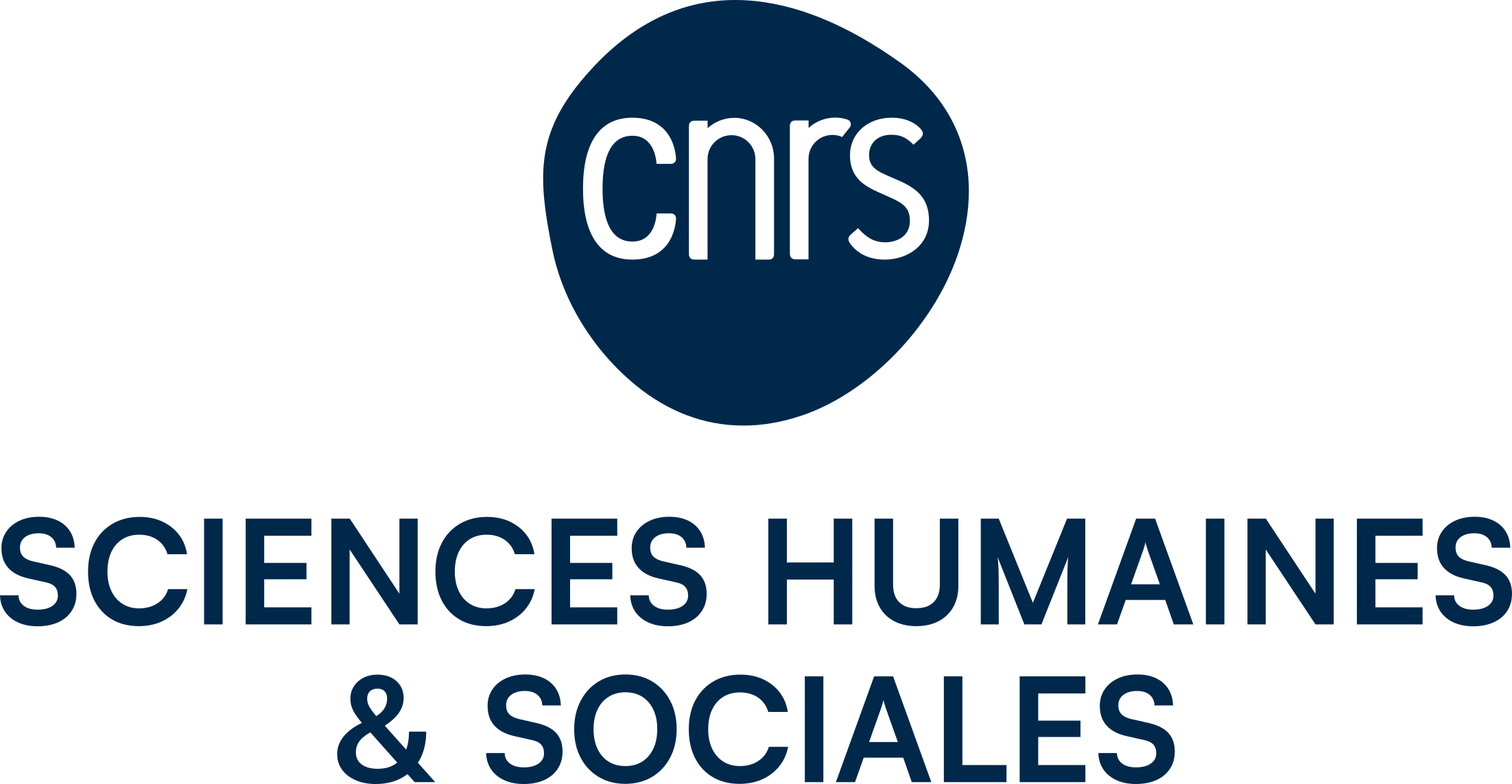Science Robotics Live Chat on Facebook for the LAPSCO
jeudi 13 septembre 2018

13 Septembre 2018. Science Robotics Live Chat on Facebook for the LAPSCO’s paper focusing on social robotic presence and attentional mechanisms.
Robots made especially for social interaction are rapidly advancing to soon take their place next to humans in homes, schools, and clinics. However, continued development of smarter and more reliable social robots requires a much better understanding of human-robot interaction. That’s because social interaction is a complex process. When humans interact, we process a diverse array of factors all at once, including knowledge, beliefs, goals, desires, and emotions, as well as sensory cues.
Join us for a discussion with experts in social robotics from CNRS and Universiteit Gent as they assess the social and psychological effects of interacting with these robots and discuss how their research might help propel the next generation of social robots. Live demos of their robots included !
[source : Science Robotics on Facebook]
Spatola N., Belletier C., Normand A., Chausse P., Monceau S., Augustinova M., Barra V., Huguet P.*, & Ferrand L.*. (2018). * equal contribution. Not as bad as it seems : When the presence of a threatening humanoid robot improves human performance. Science Robotics, 3, eaat5843. doi : 10.1126/scirobotics.aat5843

depuis votre smartphone



